After studying the S-curve silhouette a few weeks back, I started thinking about the real women behind the iconic Gibson Girl. Although the Gibson Girl was an illustration, artist Charles Gibson did use real models, and she was meant to portray Gibson’s idea of how a woman should not only look but behave. His own wife was said to be a close resemblance to the Gibson Girl. I started looking into the “real Gibson Girls” who modeled for the illustrations to see if they lived up to the standards as well. I uncovered some really interesting information and decided to highlight one of the most famous women who worked with Gibson, Camille Clifford.
The model lived a life that was extraordinarily similar to how one might imagine a Gibson Girl to live. And the surviving photos are a breathtaking reminder of the simplistic beauty of the Edwardian era and early fashion photography. Let’s take a look!
The birth of the Gibson Girl
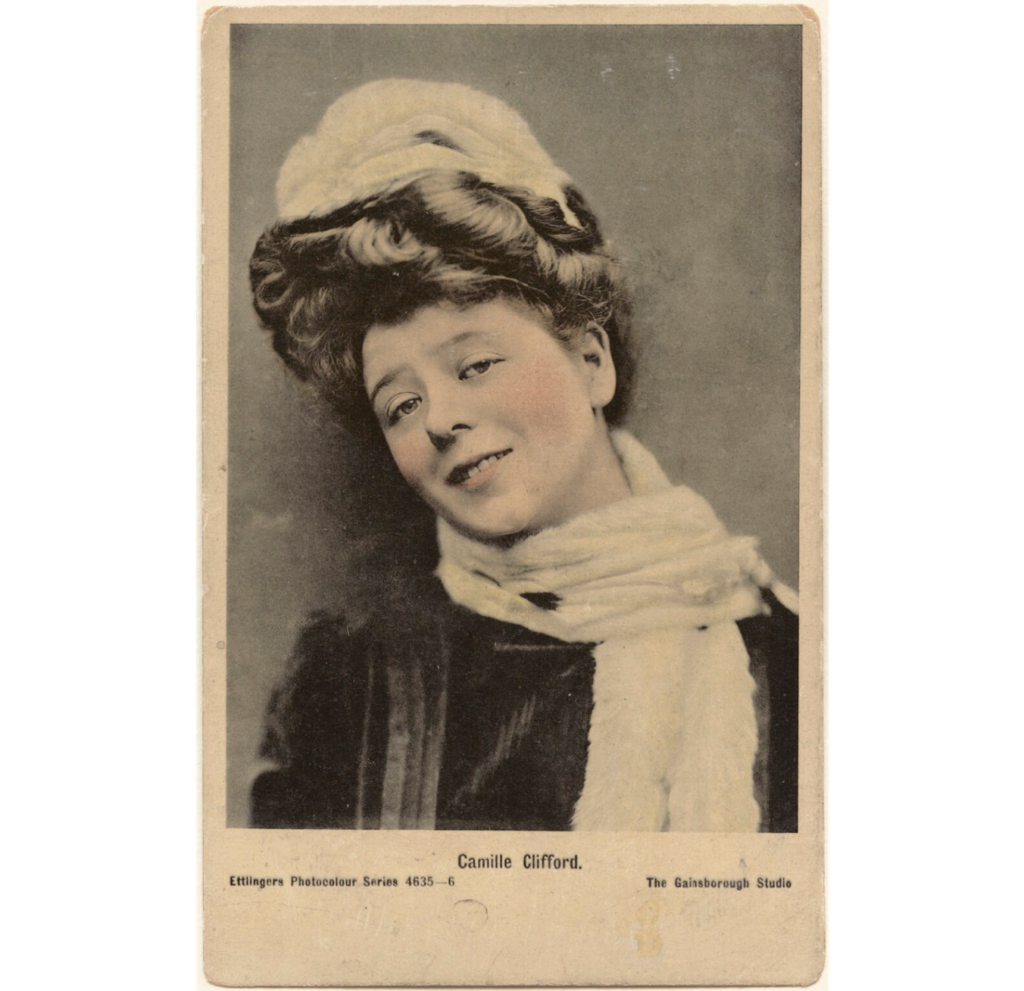
Although Camille Clifford would come to represent the ideal American woman, she was not American at all. She was born in 1885 in Belgium and spent her early years in Norway. Her performing career began as a stage actress. Though she was not considered to have had a particularly strong voice, critics and spectators were taken by her presence, beautiful figure, and ability to swoon an audience.
There is not all too much information readily available about her early career, but what I have been able to find out if that she tended to have small roles with few lines. And it seems to have suited her. I get the impression that she wasn’t seeking fame as an actress but rather that she had a passion for being in front of an audience, a love of using her body artistically, and just enjoyed being involved in performing.
If it was being in front of an audience and being artistic that she loved, she would have a chance to do it to her heart’s content sooner rather than later.
Charles Gibson dreamt of being an artist creating drawings that would ring true to people. His career was taking off during the 1890s, when one of the most significant cultural revolutions of the century was taking place: the emergence of women into the public sphere. Gibson began to sell images that would portray women with the most precious aspects of the past (according to him); femininity and modesty; combined with what he saw as the best aspects of the new woman such as courage to use one’s voice and participate in public life.
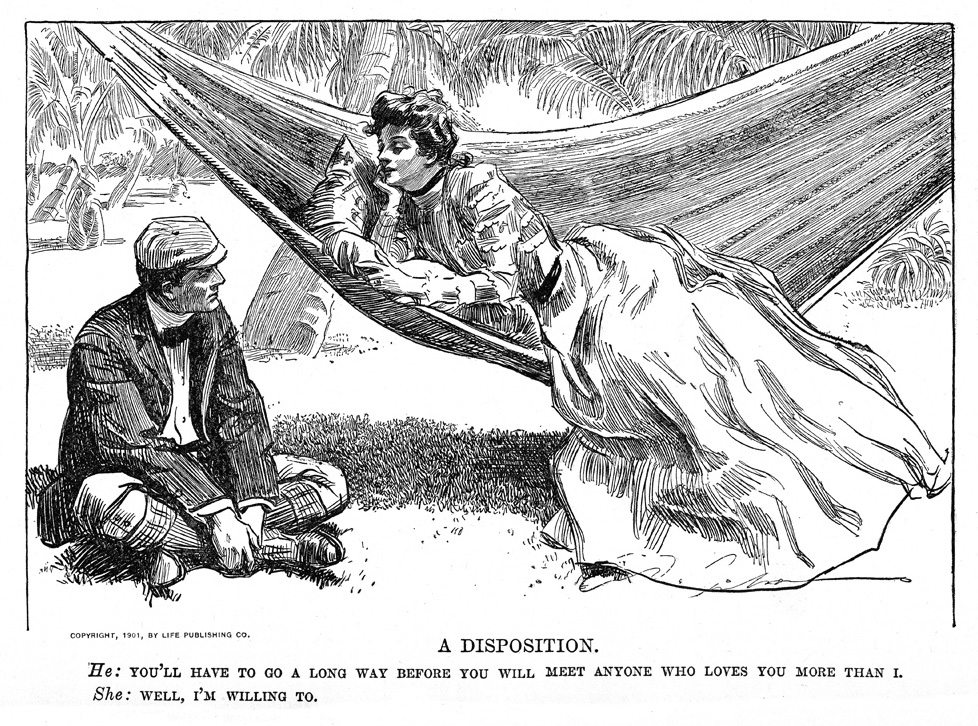
And most notably to us today: Gibson’s girls had a distinct look. A mandatory look. Gibson Girls possessed the ultimate S-curve silhouette and perfectly assembled Edwardian poof on the top of their head.
After Gibson realized that the Gibson Girl’s success was a force to be reckoned with he held a contest to find a real life version of the American female ideal. It was shrewed marketing, not only was the country aware that the contest was being held, once a winner was selected Gibson intended to use the lucky woman as a model for further drawings, creating even more interest for the brand.
Despite my best efforts, I have not been able to find any primary sources for information on the contest, but it appears to have been held in 1902. And most importantly, Camille Clifford was the winner.
America’s top model

While today many people consider Evelyn Nesbit to have been the most famous Gibson Girl, at the time, Camille Clifford’s exceptional ability in front of the camera allowed her the honor.
And an honor to Camille I am sure it was. The image of the Gibson girl was a much larger phenomenon than most people realize today. Not only did she grace the pages of magazines and newspapers for nearly two decades, many products were made as well. Kitchenware, cigarette cases, pillowcases, books, jewelry, prints, and more were created in her honor.
(Note: any Gibson Girl collectors out there? Please comment below! I’d love to write a piece on your collection.)
And Camille seems to have thrived in front of the camera. I got completely, and pleasantly, lost in a joyous search of photos of her for this post. They are so completely stunning and unique for their time that I am convinced she must have played a big role in their creation. And I do think that she saw her body and modeling as a form of art. While Charles Gibson enjoyed portraying his Gibson Girl doing very active things such as riding bikes, flirting, creating art, and playing sports, Camille’s photographs are almost exclusively of her manipulating her body in various ways, not of her engaging in everyday activities.
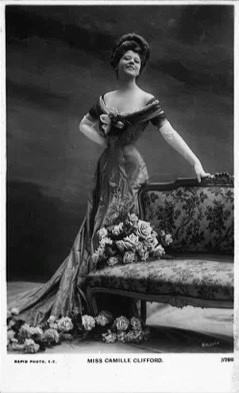
She was also able to leverage her success as a Gibson Girl for more stage time. She appeared in London’s Vaudeville Theatre in 1904 to sing a song supposedly written just for her in the musical The Catch of the Season. The song, “Sylvia the Gibson Girl” highlights the sought-after nature of the title. Some of the lyrics include:
“I walked one day
Along Broadway
When I was in New York.
A friend of mind
Said, “My- you’re fine–
You have the Gibson walk
You have the Gibson nose
And quite the Gibson leer
You’ve surely heard of the man called Gibson?”
A life of luxury
Camille’s life would, in the end, imitate art. She married the son of an English Baron named Henry Lyndhurst Bruce who sadly died in WWI. She then married a man of British nobility, Captain John Meredyth Jones Evans, and retired. It is said that she enjoyed a life of leisure following her modeling career and especially enjoyed looking after her horses. She lived until 1972.
I don’t know about you, but I am so thankful for the amazing art that she left the world. I think one of these prints might be just the thing I need to complete the bedroom I’m decorating.
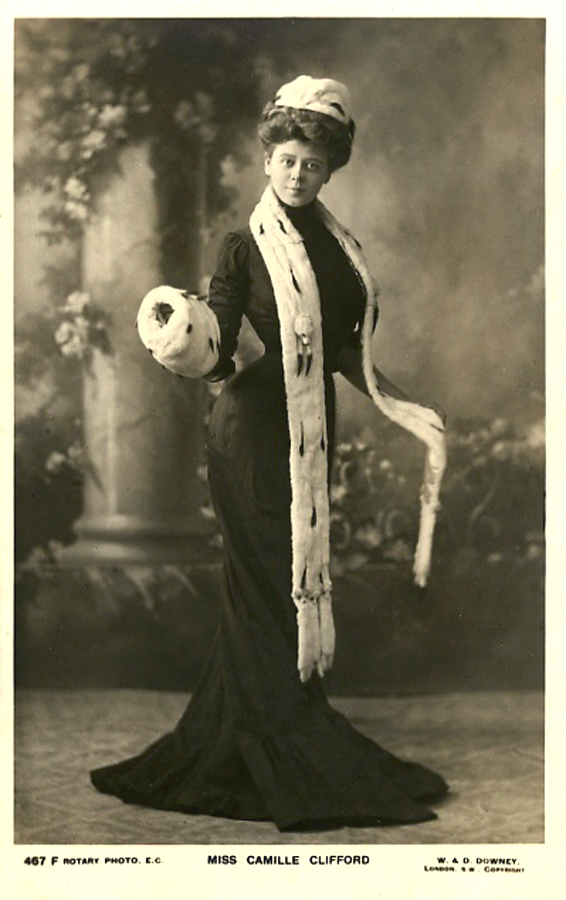
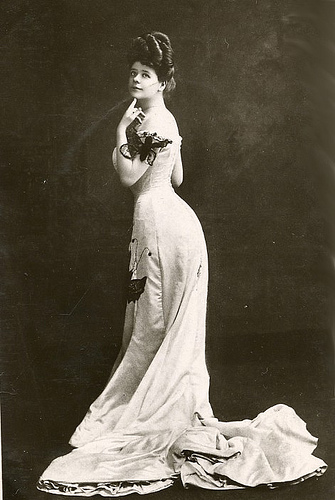
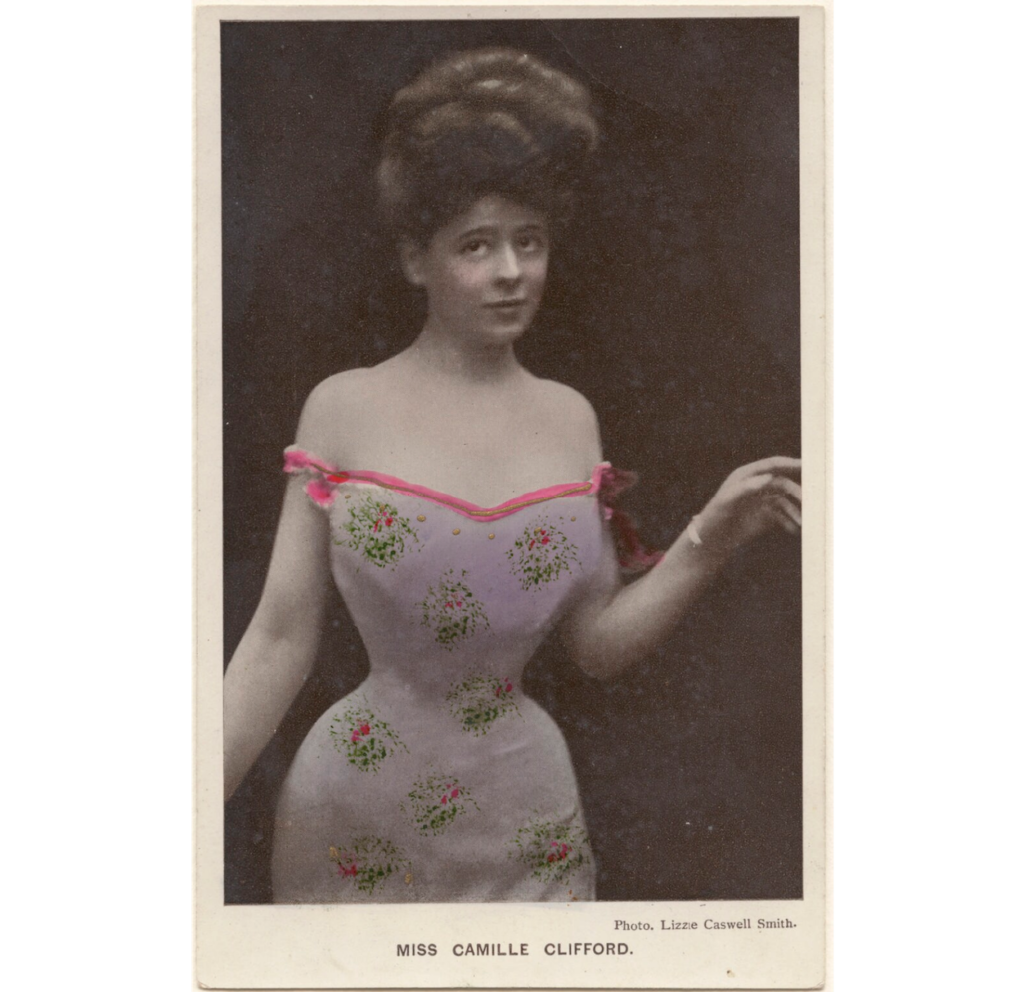
More Edwardian fashion fun:
The truth about the Edwardian Hobble Skirt
Achieving the Gibson Girl S-silhouette: it’s all about the padding

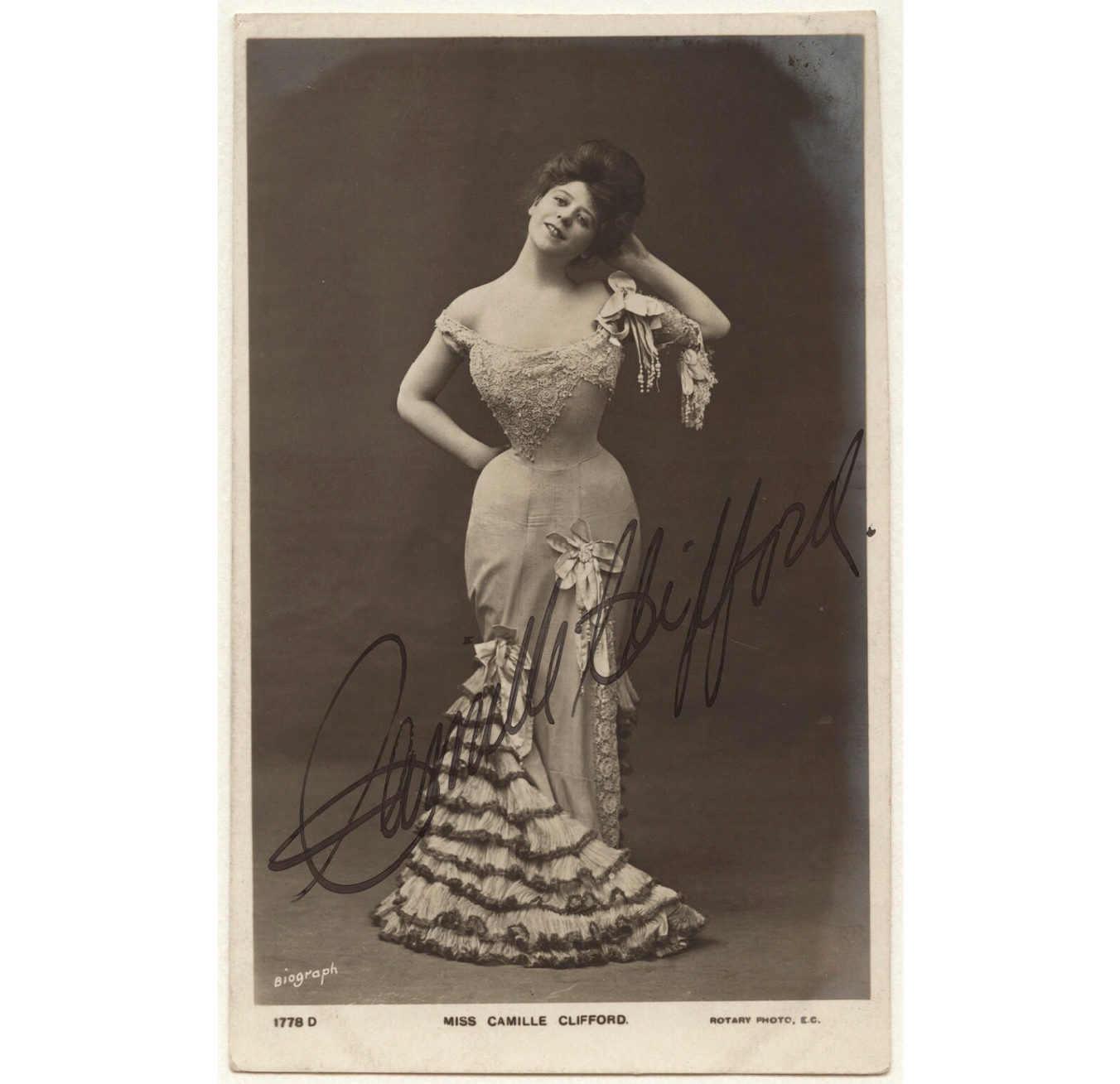




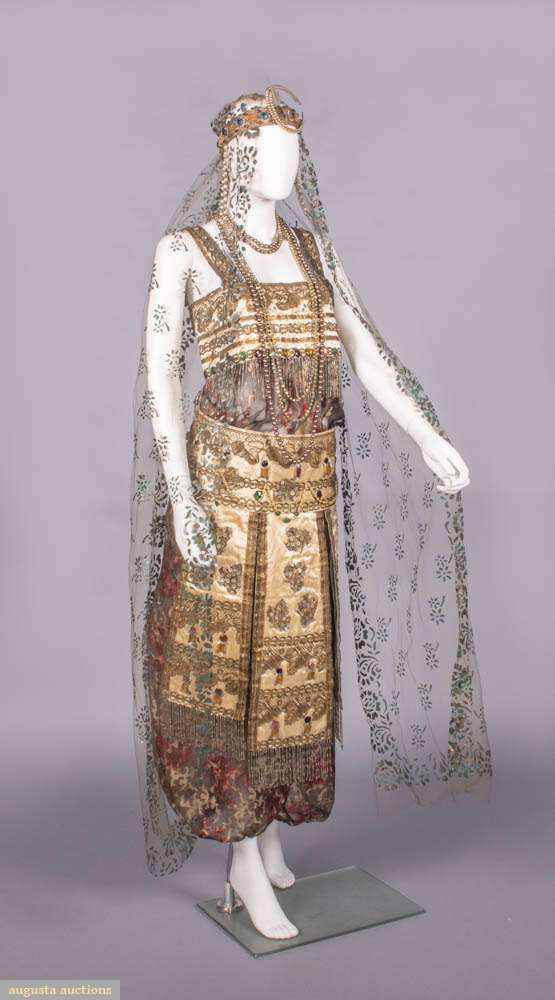





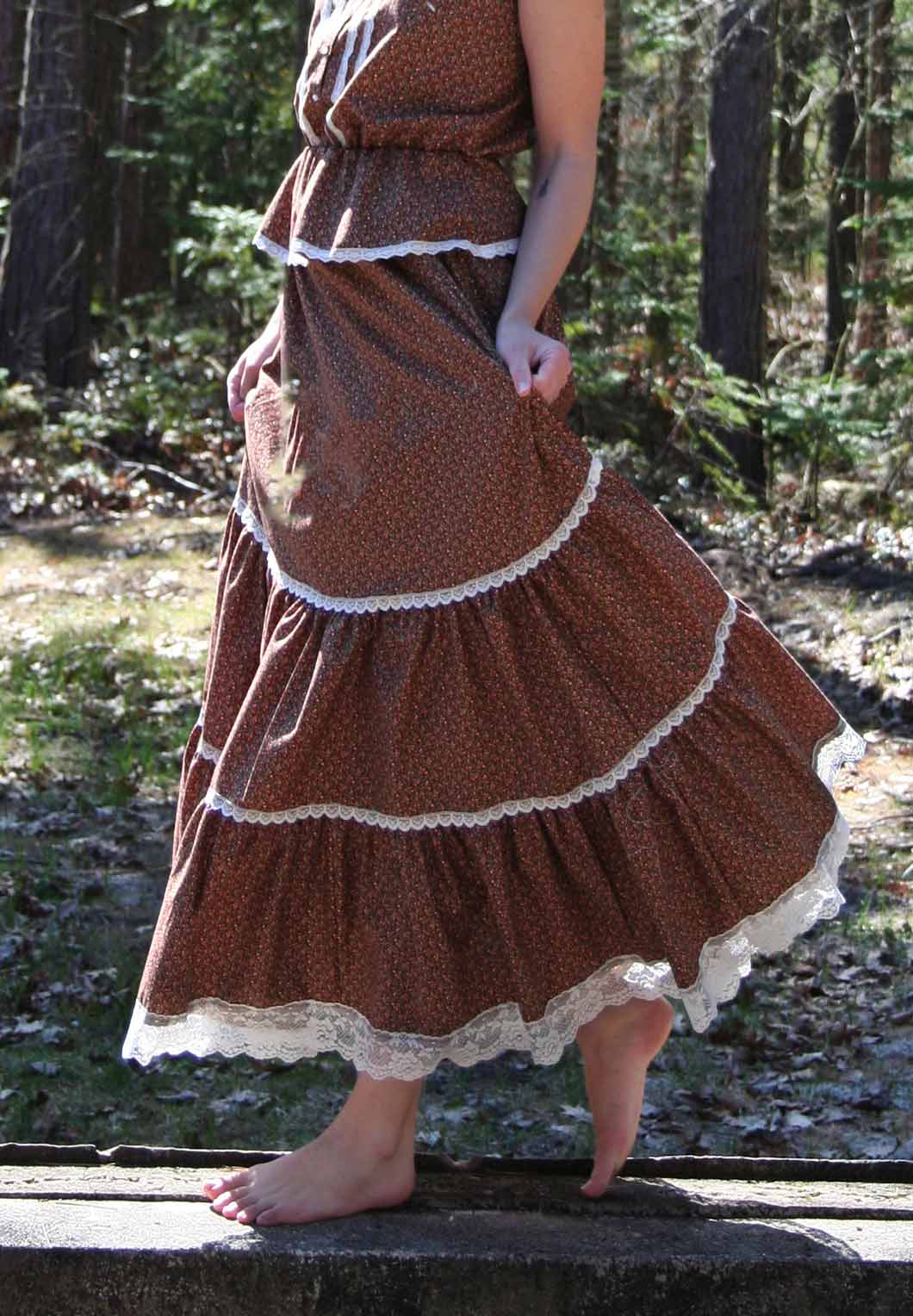
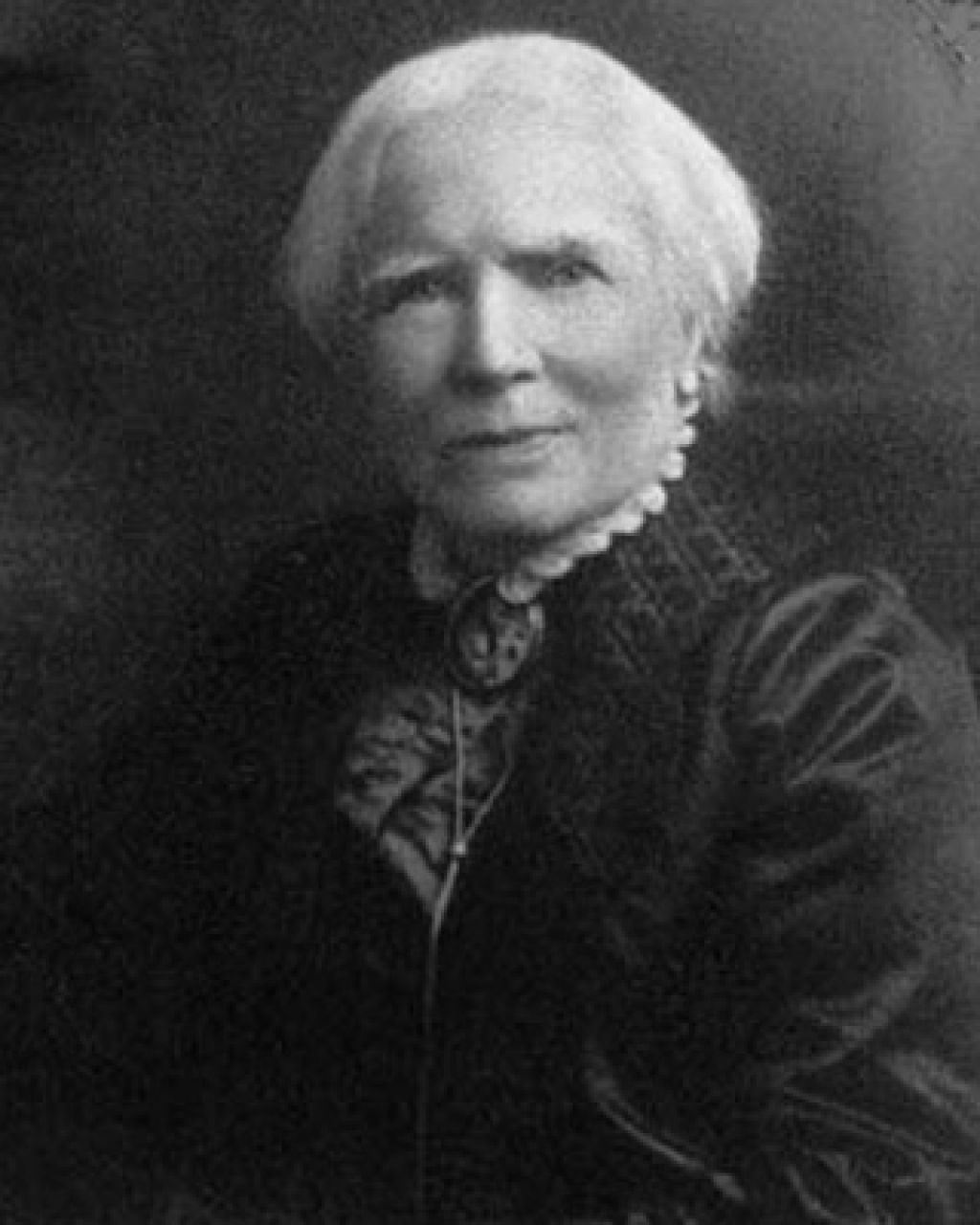
Please forgive any seeming crassness on my part with regards to the comment I am about to make. However, I am rather curious(as surely quite a good number or followers of this site(or any touching upon this particular subject))as to this: I think that it would be particularly interesting if one could somehow ascertain her physical measurements, perhaps by comparing any furniture that she(Ms. Clifford)is sitting upon or standing next to(that is, if one had an exact copy of a chair or table she is depicted next to)and, using that as a reference, estimating her height and other vital statistics. That itself would almost be worth dropping by time-travel-wise to do, don’t you agree?
Thanks for your comment! It isn’t my understanding that Gibson meant the images at all as a satire but as an image of an ideal. Some of his later illustrations, for instance, those of the flapper, may have been.
Very interesting, but how dies this fit other reports that Charles Gibson at 1st created Gibson Girls as satire, like later satires to much lesser degrees about also US Valley Girls and perhaps Beatnik and Hippie Girls? Did he as is claimed,
conclude that if you can not beat (or satirize) them
then better to join them?
Thank you for your effort
Sincerely
Tyman Ung
Man, learning about how they used to alter the negatives to make women’s waists look slimmer and their faces “airbrushed”, I can clearly see in her pictures photo editing.